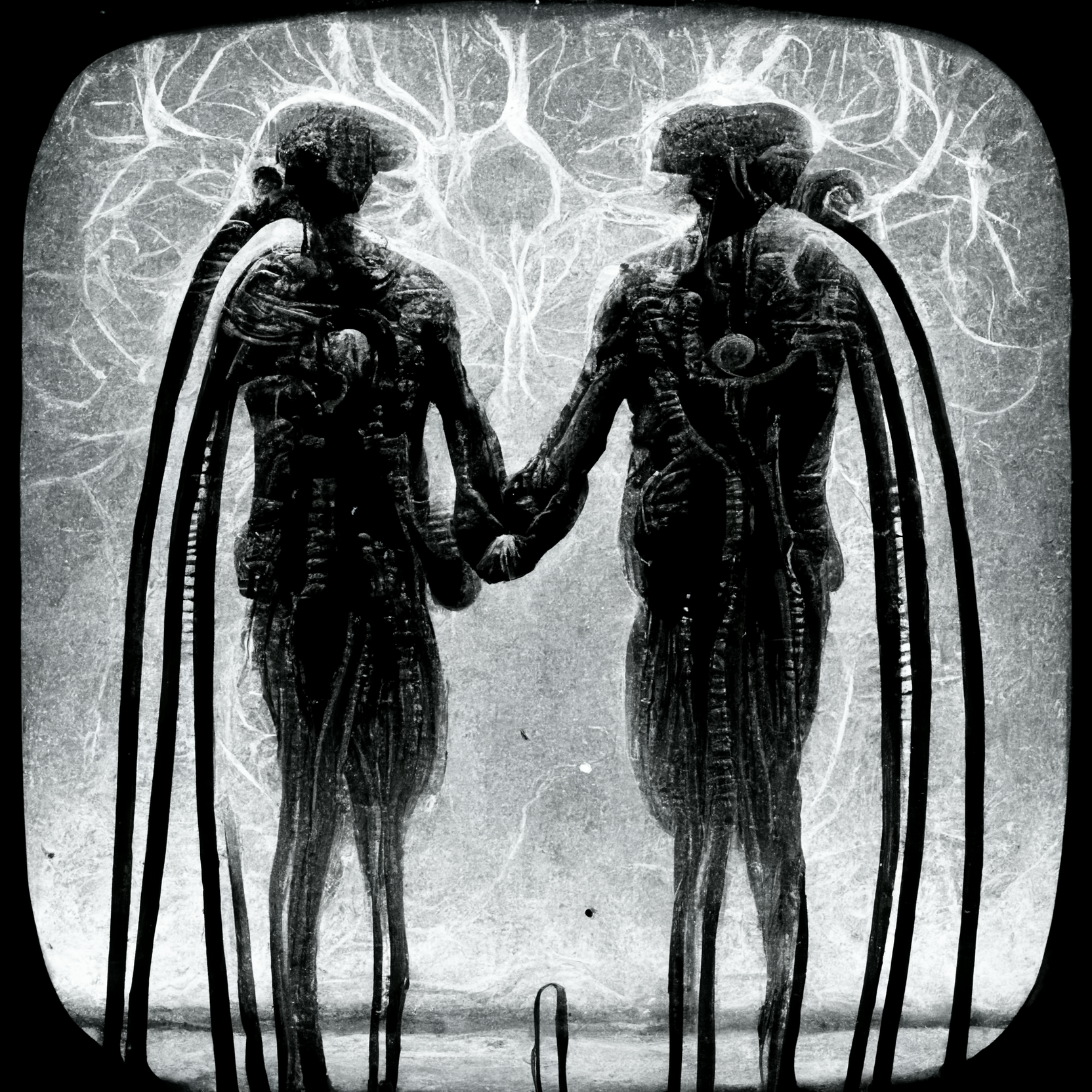Michael Crichton, the Brainternet and me
Best-selling writer Michael Crichton had a formula. He would take a scientific idea in its infancy, and blow its implications through stories that were gripping and easy to understand. To his well researched science, he’d layer a visual plot and big ethical or philosophical questions we would eventually be forced to answer, because in one way or another, progress always comes — even if not that spectacularly. He did that to genetic engineering (Jurassic Park), nano technology (Prey), artificial intelligence (WestWorld)…
Crichton was one of my main inspirations in the writing of The Girl from Wudang. Though it wasn’t as planned as it may seem.
The birth of my story was sparked by the first time I heard about a theoretical technology called neural lacing. Imagine a blanket of nano bots we could lay around our brains. Bots so small, they could connect to each of the neurons on our outer cortex. Now give these robotic neurons the ability to transmit neural pulses to another brain nearby. Neuron to neuron. On the exact same areas and functions. So those two brains could operate as one. Yes, there are memories and knowledge sharing possibilities that can be interesting. But think about the processing power. The exponential explosion of our mental capabilities.
The Crichton part of my brain took a life of its own.
We were talking about a potential internet of brains, that would allow multiple people to share their ability to think, learn, feel and create. Our society operating as one giant, literal hive mind. That was such a powerful vision!
From a transformation standpoint, these connected brains would be much smarter than Einstein, and we would have millions of those. Imagine the speed with which we would be able to evolve.
On the other hand, the expansion of our collective cognition would also give us an answer to a question that has been hunting sci-fi writers for decades: how we can stand up to the threat of Artificial intelligence and its almost infinite scalability.
Obviously, that scenario also brings some dangerous questions of practical, political and philosophical nature too. Who would decide who gets connected? How do we avoid an extreme concentration of power in the hands of one super smart connected hive? Or even how do we deal with our own individuality if we are forced into these connections to protect ourselves from the rise of AI?
Futurists working on these ideas (people like Ray Kurtzweil, for example) say we are still decades away from having to deal with these problems, so we have time to figure it out. But as companies like Synchron or Elon Musk’s Neuralink and others get approved to perform human tests on brain interface technologies, there’s also a feeling that things are about to pick up a lot more speed.
That’s how it started for me.
Now I just had to connect my brain to the spirit of Michael Crichton to make it visual. Find my Jurassic-mosquito-trapped-in-amber. Which, in a random set of events, led me to kung fu, to Daoism, and cage fighting.
But that’s a story for another day.



